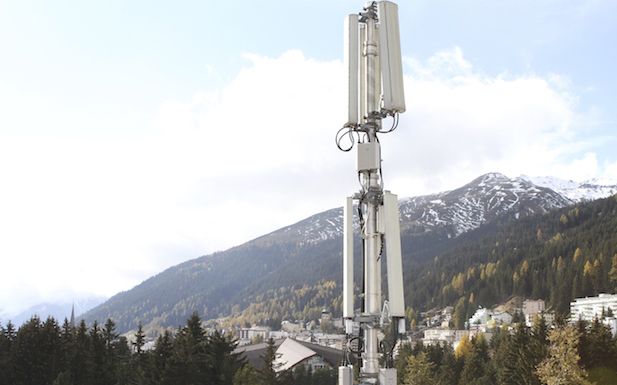Deployments of LTE networks on the 2.1GHz band have almost doubled in the past year, as operators increasingly bring LTE-Advanced to market, new figures have shown.
Research from the Global mobile Suppliers Association (GSA) has revealed that there has been a shift away from 3G deployments on the band. WCDMA-HSPA technology dominates the band although operators are using it more as a means of moving towards LTE, as popularity of that tech increases.
The GSA said regulators are helping operators refarm their 2.1GHz spectrum for LTE by adopting a “technology neutrality policy”.
In total, more than 36 percent of all LTE devices work on the 2.1GHz band, compared to 28 percent in 2014. There are 1,185 devices that operate in the band, which 142 manufacturers have brought to market.
The association found there are 15 operators in 11 countries that have launched LTE on the 2.1GHz band, which is almost double the amount on 2014.
Alan Hadden, VP of Research at GSA, said: “The number of LTE2100 compatible devices more than doubled over the past year (118 percent higher). Band 1 is the third most supported band for LTE devices, following 1800 MHz (band 3) and 2.6 GHz (band 7).”
It said as LTE-Advanced deployments increase, more operators will refarm its 2.1GHz holdings to improve the performance of their networks.
A recent report from the GSA revealed that more than 30 percent of operators were investing in LTE-Advanced technology. Globally, there are 88 operators who have rolled out the technology in 45 countries.



